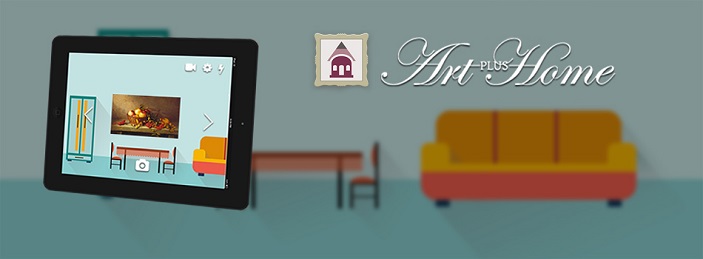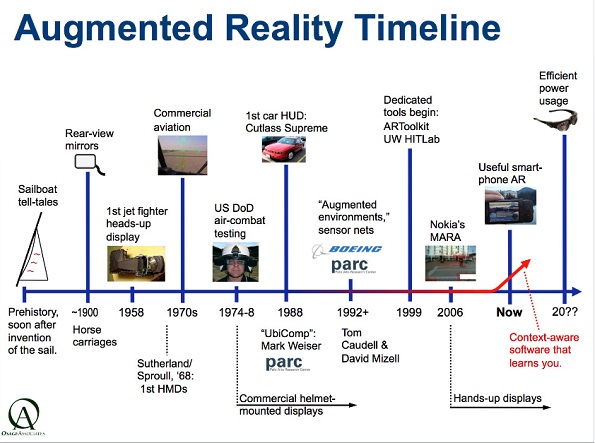How Reviews Influence Consumer Culture
The internet and its vast adoption have now had a huge impact on our shopping and consumer habits. It provides more choice than ever before when it comes to shopping around. Here’s a boring but necessary example- If you’re going to get your car insured, there are many sites that directly compare providers of insurance so that you don’t have to.

There are also plenty of sites that specialize in allowing you and other consumers to leave honest reviews on products or services that are offered by businesses, no matter what country they’re in. In fact, the sole purpose of some of these websites is to help you, aid you in making informed decisions, and hold businesses to account when it comes to bad reviews to explain themselves and resolve their issues. I bet that there are many of you who have discovered that your highly anticipated Christmas present is ‘not as advertised’. Bummer. The best way of preventing this from happening to others is to leave an honest review.
A lot of choice out there
And if you’re looking to make a choice between one business and another, a review can have a huge sway in eventually helping you decide which is the best one to choose. A fine example is a website called casinos.com that allows users to leave reviews on both online casinos and on the top slot games. And in the casino industry, in particular, competition is so fierce amongst some of the top brands in the industry at the moment that having positive reviews can help them gain more players, so it’s essential they provide good service and an entertaining experience.
The consequences of negative reviews
Put yourself in a typical consumer’s shoes. If you go to a review website and see a raft of bad reviews for a particular store or a particular website, this immediately throws up warning flags. If a business has thousands of reviews left and there’s the odd low rating that can be looked past, but when you notice trends or the vast majority are negative reviews, you won’t consider joining that site. It’s like the internet’s version of word of mouth, and so it’s vitally important that online casinos and businesses in other industries ensure that they have support structures in place to help consumers and online users, rather than them resorting to leaving a bad review.
How many people will look online for a review?
To put into numbers just how influential reviews are, a recent study found that 93% of customers will look at an online review before going ahead and spending money online. That is an absolutely huge majority. And so, essentially, if you have shocking reviews for your business online, on average, about 93% of your potential customers are going to be able to see these negative reviews, and this will more than likely ensure that these are lost sales where they go to one of your competitors. A lot of the top eCommerce sites such as Amazon also allow customers to leave reviews on products following their purchase directly on the site so that users don’t have to go to other sources in order to discover other peoples feedback.
A digital form of word-of-mouth
A lot of our consumer behavior is influenced by what others think. Reviews are just the internet equivalent of a personal recommendation from a friend. You may have had it before where you’ve asked either on social media or directly to friends or family about a recommendation for a certain service, and you’ve gone ahead and chosen their recommendation due to your affiliation and pre-existing relationship with that particular person. And although you don’t know the people directly who leave reviews, there is no doubt that if there is a large quantity, it can certainly influence a purchasing decision.
Reviews of products
Although you’re looking for online reviews, they are only available on online websites. A lot of people will also share reviews in video format on places such as YouTube. This is popular amongst electronics such as smartphones and watches, and a common method as you probably already know is called unboxing, whereby they will show you the features of a certain product after unboxing it.

There are also a lot of blog websites where someone will blog about their experience or their personal views and opinions on a certain service, subject, or product. This is also a very popular resource for people to look at before potentially reaching a decision on whether to buy a product.
In Summary
From what we’ve discussed today, it’s abundantly clear that reviews can and do have a huge influence on our consumer culture and behavior. If you have been slighted by a gift that is not as advertised do us all a favor and leave a review. They help a lot in helping us make informed decisions as consumers prior to making a decision to purchase either a product or a service. For the Silo, Diane Hutton.



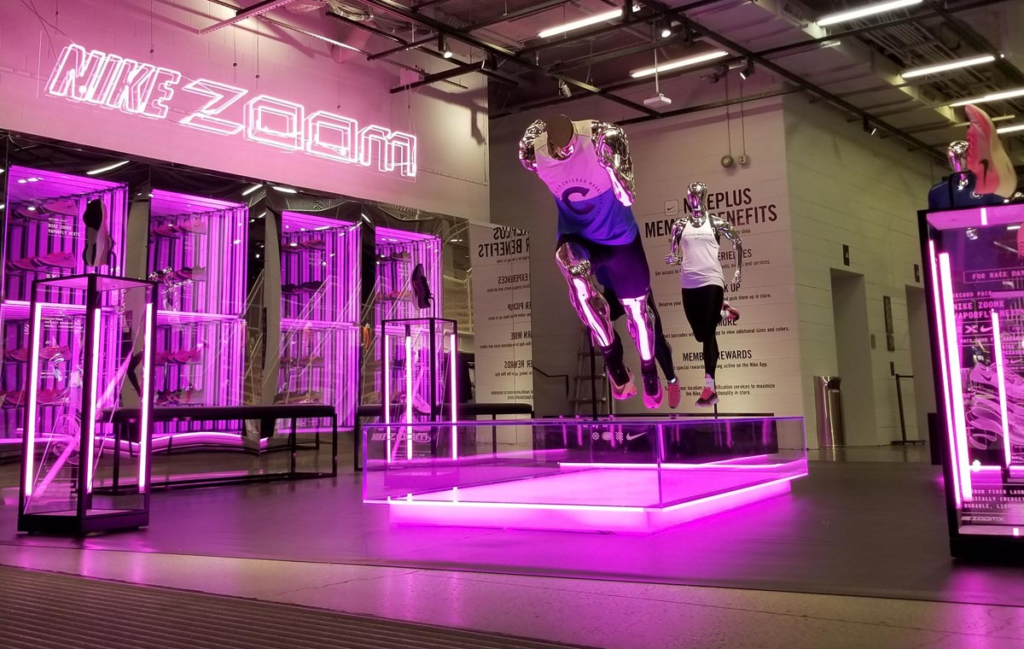

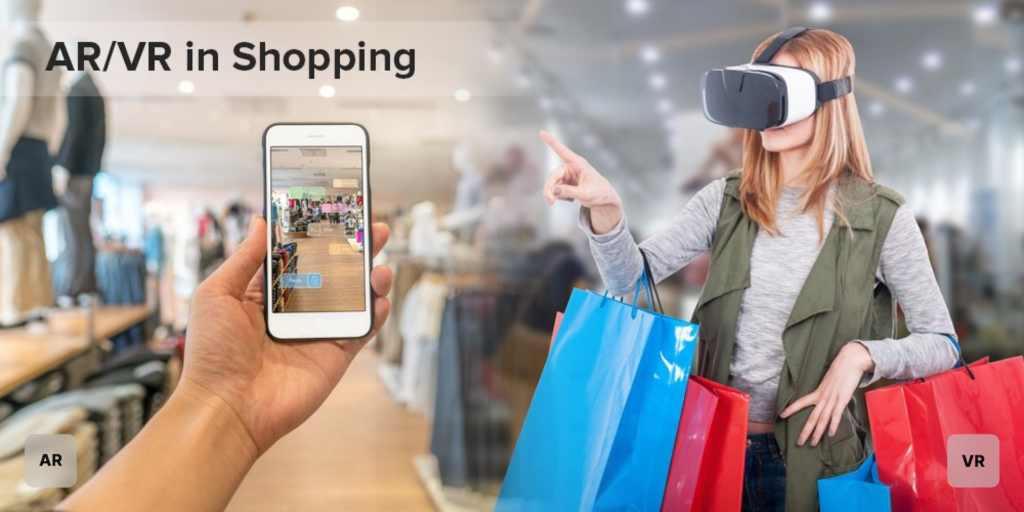




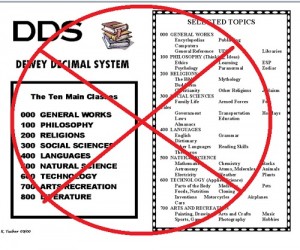


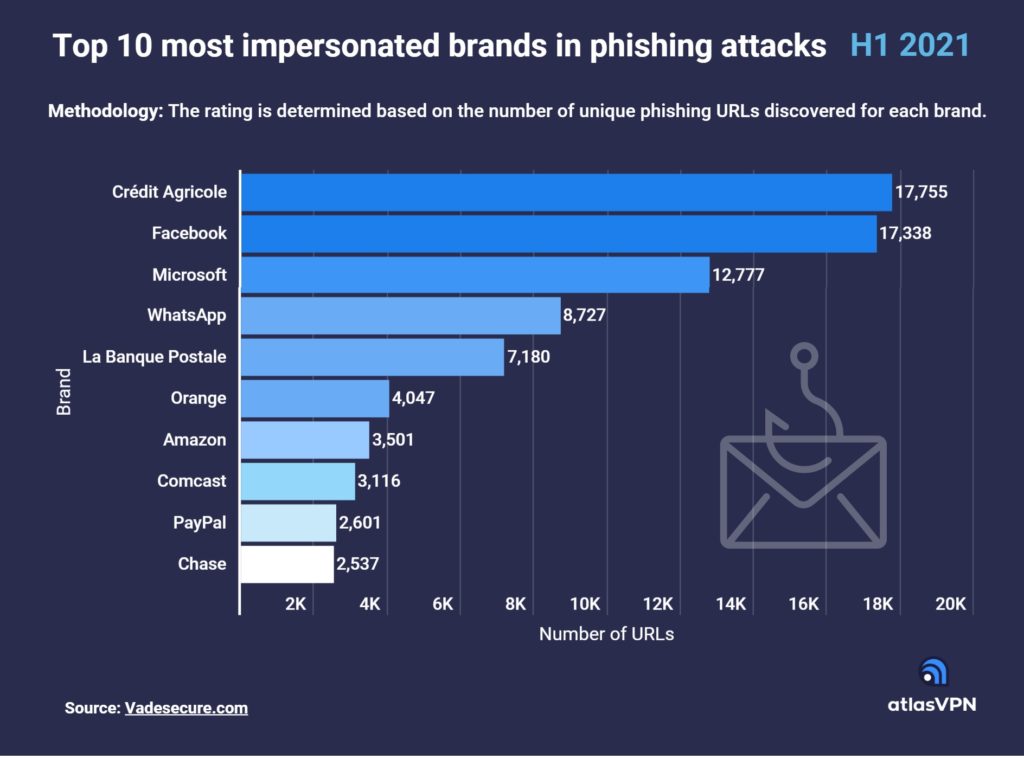
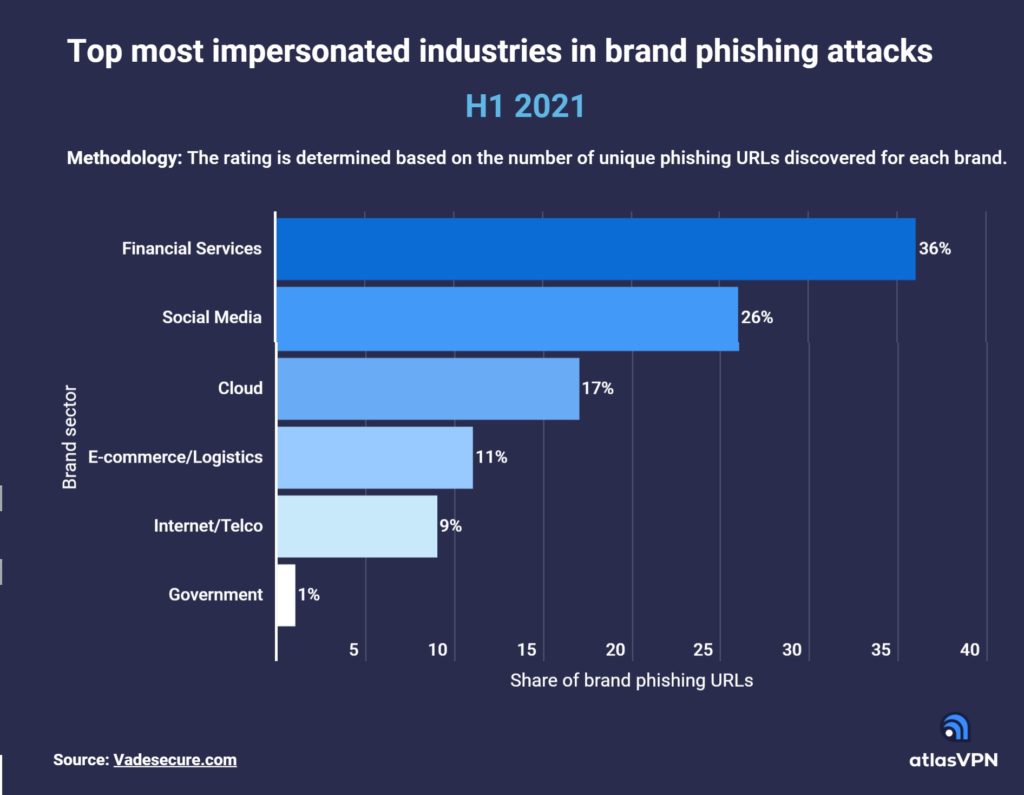










 Giftgowns, a Toronto based company specializing in redefining the archaic hospital gown, announced today the release of a limited-edition gown to raise funds and awareness for the Canadian Cancer Society in celebration of October Breast Cancer Awareness Month. The alternative hospital gown features graphics driven to motivate and inspire patients with quotes such as “You are Magic” and “Warrior”, available online at
Giftgowns, a Toronto based company specializing in redefining the archaic hospital gown, announced today the release of a limited-edition gown to raise funds and awareness for the Canadian Cancer Society in celebration of October Breast Cancer Awareness Month. The alternative hospital gown features graphics driven to motivate and inspire patients with quotes such as “You are Magic” and “Warrior”, available online at  “This October, we are pleased to partner with Giftgowns in the fight against breast cancer,” states Zahra Karimi, Corporate Development Officer at Canadian Cancer Society. “At the Canadian Cancer Society, we are taking action against the disease by funding high-quality breast cancer research, educating women about early detection and providing information and support services to those living with the disease.”
“This October, we are pleased to partner with Giftgowns in the fight against breast cancer,” states Zahra Karimi, Corporate Development Officer at Canadian Cancer Society. “At the Canadian Cancer Society, we are taking action against the disease by funding high-quality breast cancer research, educating women about early detection and providing information and support services to those living with the disease.” Moss consulted with breast cancer survivors who gave positive feedback on the gown especially after a mastectomy. One survivor noted the function of the gown as an asset, with the easy access during the recovery period at home as more useful than a traditional robe or housecoat that cannot accommodate drainage tubes. For the Silo, Dani Matte.
Moss consulted with breast cancer survivors who gave positive feedback on the gown especially after a mastectomy. One survivor noted the function of the gown as an asset, with the easy access during the recovery period at home as more useful than a traditional robe or housecoat that cannot accommodate drainage tubes. For the Silo, Dani Matte.
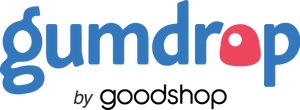 In addition, if you select a cause, a portion of what you spend at participating stores will be donated to that cause for free.
In addition, if you select a cause, a portion of what you spend at participating stores will be donated to that cause for free.











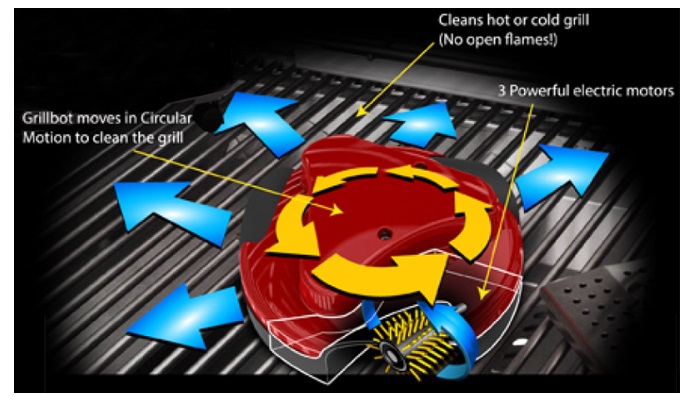
 Designed for use on any style grill, simply place the Grillbot on the grill’s surface, press a button, and the robot does all the cleaning. The device is driven by a powerful CPU that controls movement, speed and direction of brushes. It comes with an LCD alarm and timer that can be set for a light scrub, deep clean or something in between, and notifies when cleaning is done.
Designed for use on any style grill, simply place the Grillbot on the grill’s surface, press a button, and the robot does all the cleaning. The device is driven by a powerful CPU that controls movement, speed and direction of brushes. It comes with an LCD alarm and timer that can be set for a light scrub, deep clean or something in between, and notifies when cleaning is done.  At the Consumer Electronics Show (CES) in Las Vegas, Nevada, in January 2017, Grillbot demonstrated its advanced technology with the Bluetooth-enabled Grillbot Pro. It comes with the same, great features as the original plus the addition of Bluetooth technology, giving BBQ chefs even more freedom and leisure time to watch games, relax with family or cater to guests.
At the Consumer Electronics Show (CES) in Las Vegas, Nevada, in January 2017, Grillbot demonstrated its advanced technology with the Bluetooth-enabled Grillbot Pro. It comes with the same, great features as the original plus the addition of Bluetooth technology, giving BBQ chefs even more freedom and leisure time to watch games, relax with family or cater to guests. 